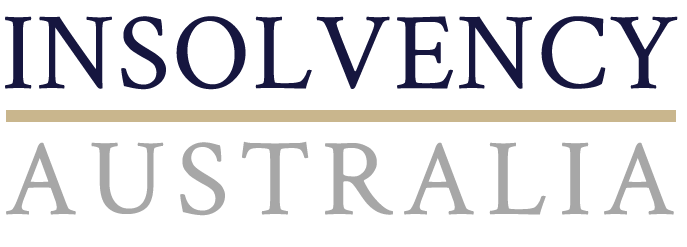The Institute of Public Accountants and Insolvency Australia – Insolvencies on the Rise
Quoting Insolvency Australia, The Institute of Public Accountants report that insolvencies are on the rise as local and global pressures put increasing strain on businesses.
The latest research has found that in the first half of the 2023 financial year, external administrator and controller appointments rose by 62 per cent compared with the previous corresponding period.
And the Corporate Insolvency Index shows NSW had the most insolvencies over the six months, recording 2,153 appointments in the first six months, compared to 2,402 in the whole of FY22; while Victoria recorded 1,192 appointments; Queensland, 796; Western Australia, 346; South Australia, 133; the ACT, 96; and Tasmania and the Northern Territory both had five.
“As the ATO came down harder on those with tax debt, it resulted in increasing external administrations,” said Gareth Gammon, Insolvency Australia director.
“We started 2023 just as we finished 2022, with rising interest rates, surging cost of living, labour and materials shortages and the Tax Office continuing its tougher debt collection stance.”
Patrick Coghlan, CreditorWatch chief executive, said those pressures are also reflected in low business confidence and that cost-of-living pressures and low wages growth are impacting consumer confidence.
“Our forecast is for business conditions to worsen across the next six [to] 12 months, particularly if the RBA increases rates further, which seems a certainty,” he said.
“While many individuals and businesses had priced in at least one further rise to the cash rate, two more will present real serviceability problems to small businesses, particularly those in areas and sectors where demand is likely to drop or is already dropping, such as hospitality.”
And while the construction sector continues to be the worst offending industry when it comes to the proportion of businesses in arrears by 60 days or more, Mr Coghlan said that in terms of defaults, it’s the food and beverage services sector that has the highest probability of default.
“This sector suffered the worst during COVID lockdowns and is now challenged by higher costs and labour shortages. We expect insolvencies to increase across 2023 as cost-of-living pressures reduce consumers’ disposable income and they are less inclined to visit restaurants, cafes and other hospitality venues,” he said.
Jarvis Archer, Revive Financial’s head of business restructuring and insolvency and the top liquidator by appointment nationwide for HY23, said construction and hospitality businesses seem to represent higher volumes of appointments.
“They’re looking to clean up accrued pandemic debts with a restructure or, if they can’t trade profitably post-pandemic, call it a day on their business,” he said.
Mr Archer added the ATO “seems to have again stepped up recovery efforts in 2023”, with high levels of winding up filings and statutory demands popping up, sometimes also accompanied by a director penalty notice.
“[This year] is likely to be the toughest year in recent times for Australian businesses,” he said. “The ATO’s escalating approach, together with ongoing staffing and supply chain issues and economic pressures, may create a perfect storm for many business owners who have already battled for three years.”
To visit the IPA site, click here.

